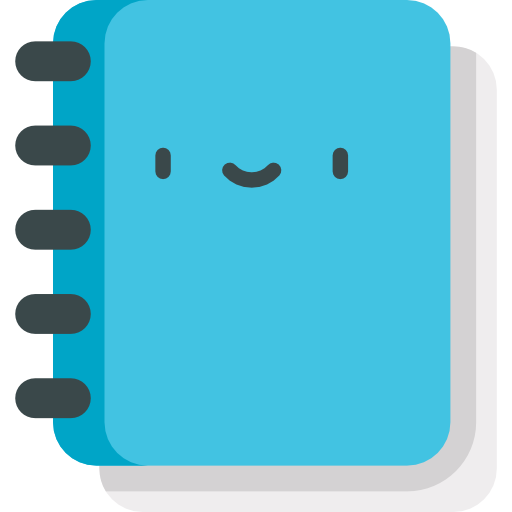Shader Reference
Global Variables
These variables can be called anywhere in the global namespace.
| Data Type | Name | Description |
|---|---|---|
| float | g_flTime | Current time |
| float | g_flViewportMinZ | Near clip plane |
| float | g_flViewportMaxZ | Far clip plane |
| float2 | g_vViewportSize | Viewport size in pixels |
| float2 | g_vInvViewportSize | 1 divided by g_vViewportSize |
| float2 | g_vViewportOffset | The offset of the viewport in pixels |
| float2 | g_vRenderTargetSize | The absolute size of the current render target |
| float3 | g_vCameraPositionWs | Camera position in world space |
| float3 | g_vCameraDirWs | Camera direction in world space |
| float4x4 | g_matViewToProjection | |
| float4x4 | g_matWorldToView | |
| float4x4 | g_matProjectionToWorld | |
| float4x4 | g_matWorldToProjection |
Variables
Variables will show up in Material Editor. They're defined like this.
A list of attributes you can expose can be seen below
| Data Type | Attribute Function |
|---|---|
| bool | BoolAttribute |
| int/uint | IntAttribute |
| float | FloatAttribute |
| float2 | Float2Attribute |
| float3 | Float3Attribute |
| float4 | Float4Attribute |
| float/float2/float3/float4 | TextureAttribute |
UiType
Describes how the variable should be represented in the editor.
| Name | Description |
|---|---|
| VectorText | Text boxes and sliders (this is the default) |
| Slider | A slider type. Usually combined with a Range setting. |
| Color | A Color picker, works on float3 or float4. |
| Texture | A texture picker |
| CheckBox | On or off, generally used on bool |
UiStep
UiStep lets you set the amount of each interval or step that the value increases or decreases by.
Default
The Default lets you specify the default value for the variable. If you're filling a float2, it should be Default2, if you're filling a float4 it should be Default4 etc.
Range
The Range lets you cap the variable to a specific range. If you're filling a float2, it should be Range2, if you're filling a float4 it should be Range4 etc.
UiGroup
The UiGroup is used to sort the variable into a group, subgroup and define its order. So for example, given this..
You end up with this

The format is:
Expression
Expression is used to evaluate an expression on the variable, using the Dynamic Expressions language. A good reason for their use is to save GPU instructions, since they get evaluated on the CPU prior to rendering.
The expression can refer to: the variable itself with this, as well as to any other variables or features.
 Garry's Mod
Garry's Mod
 Rust
Rust
 Steamworks
Steamworks
 Wiki Help
Wiki Help
 S&box
S&box